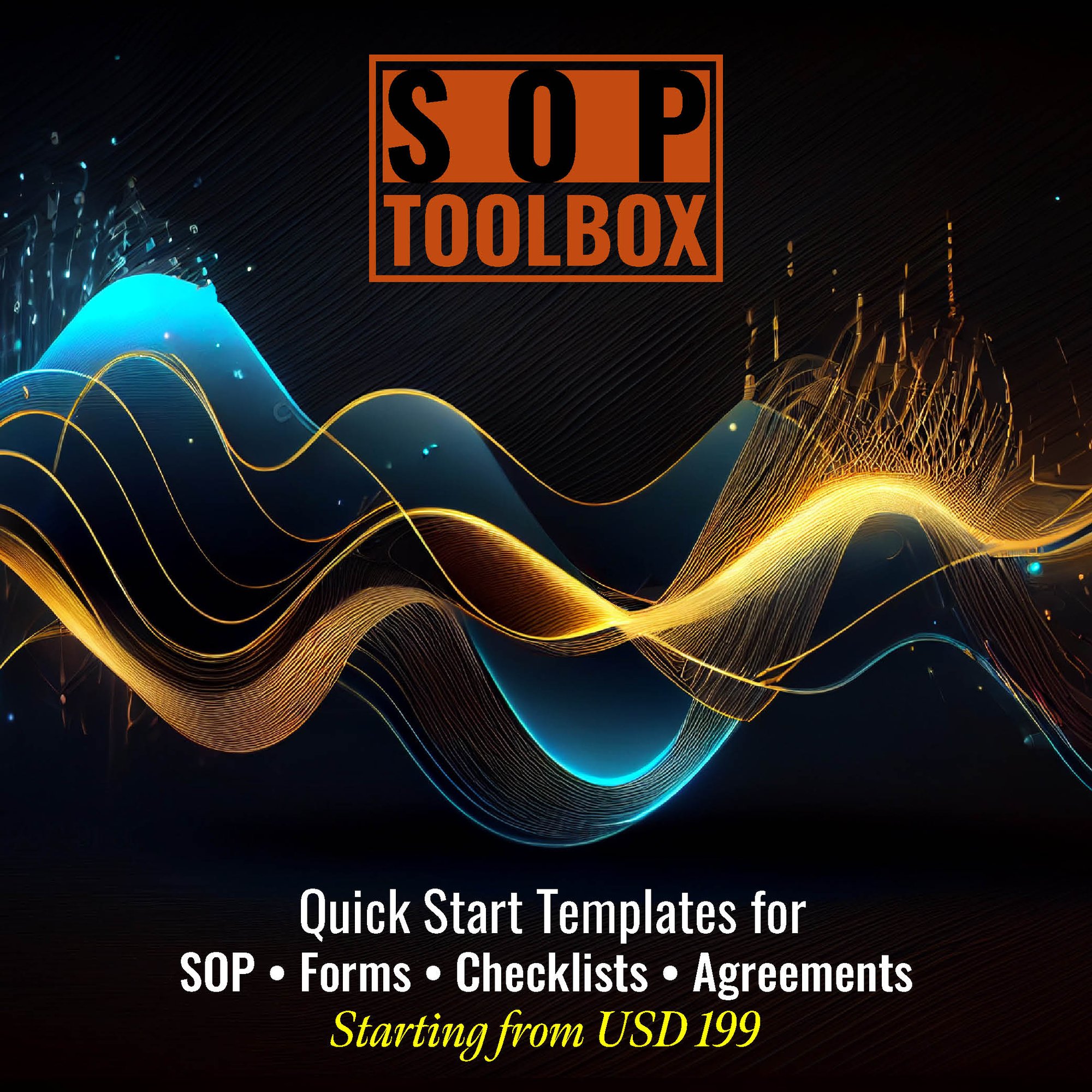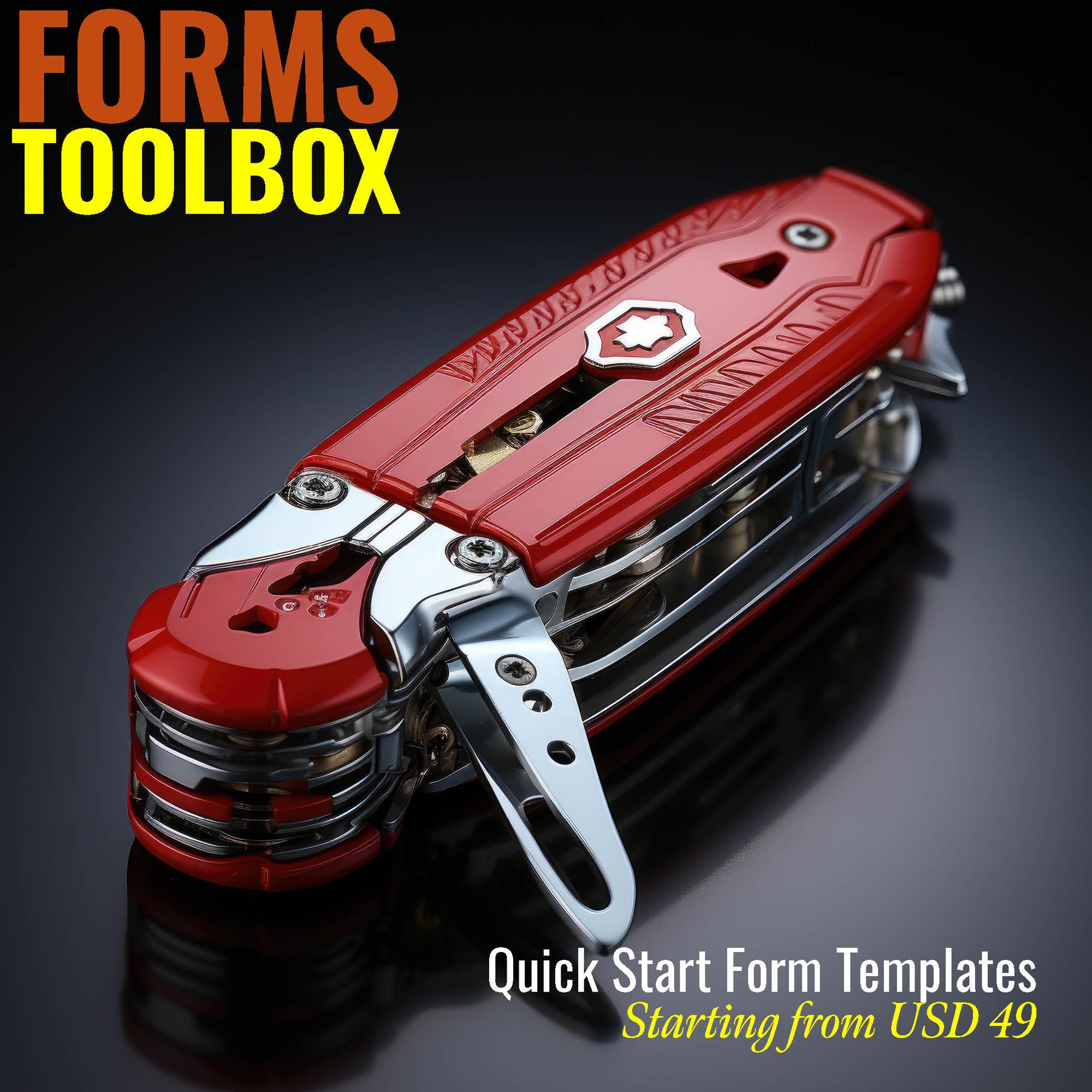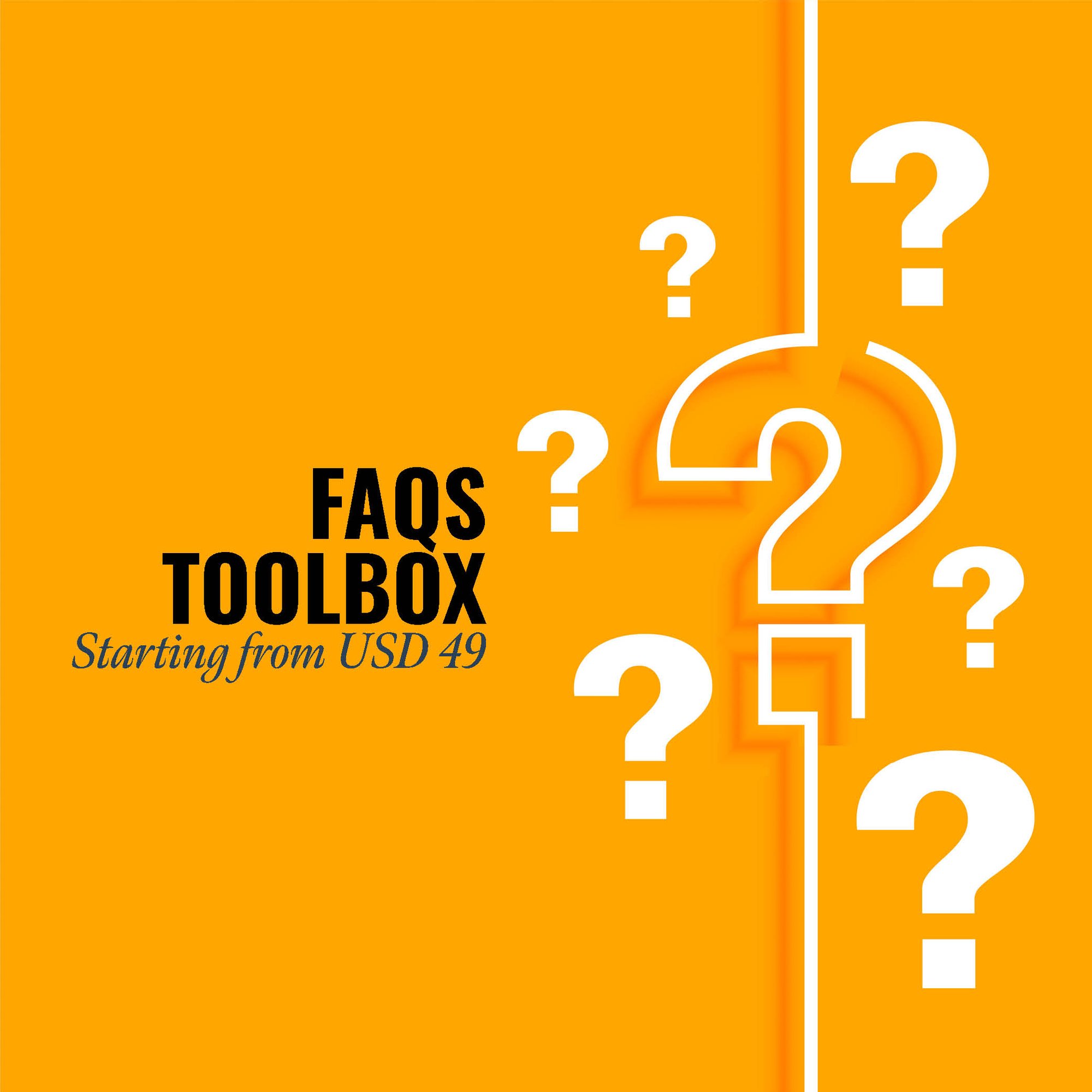An SOP (Standard Operating Procedure) Manual for Dairy Cattle and Milk Production offers a multitude of advantages for the dairy industry, where the production of safe and high-quality milk is paramount:
-
Milk Quality Assurance: The manual ensures standardized procedures for milking, storage, and processing, resulting in high-quality milk that meets strict industry and regulatory standards.
-
Food Safety: Standardized procedures reduce the risk of contamination and ensure the safety of dairy products, safeguarding consumers' health.
-
Animal Welfare: SOPs promote humane and ethical practices in dairy cattle management, ensuring the well-being of animals, which is essential for responsible dairy farming.
-
Regulatory Compliance: The dairy industry is subject to stringent regulations. The manual helps in adhering to these regulations, reducing the risk of non-compliance and legal consequences.
-
Efficiency and Productivity: SOPs optimize dairy operations, reducing costs, improving resource utilization, and enhancing overall efficiency and productivity.
-
Environmental Responsibility: The manual can include procedures to reduce the environmental impact of dairy operations, contributing to sustainable and responsible farming practices.
-
Workforce Training: It serves as a valuable training resource for dairy farm personnel, helping them understand established procedures and best practices, supporting the development of a skilled workforce.
In summary, the advantages of an SOP Manual for Dairy Cattle and Milk Production encompass milk quality assurance, food safety, animal welfare, regulatory compliance, efficiency, environmental responsibility, and workforce development, making it a vital resource for responsible and successful dairy farming.
CLICK HERE to download the List of SOPs Document in PDF format. Please share this document with your clients, colleagues and senior officers.
Top 50 Standard Operating Procedures (SOPs) for Dairy Cattle and Milk Production
SOP-900-001: Standard Operating Procedure for Dairy Cattle Health Monitoring
SOP-900-002: Standard Operating Procedure for Milking Equipment Sanitization
SOP-900-003: Standard Operating Procedure for Calf Feeding
SOP-900-004: Standard Operating Procedure for Pasture Management
SOP-900-005: Standard Operating Procedure for Feed Storage and Handling
SOP-900-006: Standard Operating Procedure for Mastitis Prevention
SOP-900-007: Standard Operating Procedure for Milk Quality Testing
SOP-900-008: Standard Operating Procedure for Hoof Trimming
SOP-900-009: Standard Operating Procedure for Dairy Cattle Breeding
SOP-900-010: Standard Operating Procedure for Waste Management
SOP-900-011: Standard Operating Procedure for Vaccination Protocols
SOP-900-012: Standard Operating Procedure for Calving Management
SOP-900-013: Standard Operating Procedure for Dairy Cow Housing
SOP-900-014: Standard Operating Procedure for Grazing Management
SOP-900-015: Standard Operating Procedure for Dry Cow Management
SOP-900-016: Standard Operating Procedure for Milk Cooling and Storage
SOP-900-017: Standard Operating Procedure for Parasite Control
SOP-900-018: Standard Operating Procedure for Herd Record Keeping
SOP-900-019: Standard Operating Procedure for Silage Production
SOP-900-020: Standard Operating Procedure for Weaning Practices
SOP-900-021: Standard Operating Procedure for Dairy Cattle Transport
SOP-900-022: Standard Operating Procedure for Estrus Detection
SOP-900-023: Standard Operating Procedure for Fresh Cow Management
SOP-900-024: Standard Operating Procedure for Antibiotic Usage
SOP-900-025: Standard Operating Procedure for Milk Sampling
SOP-900-026: Standard Operating Procedure for Colostrum Management
SOP-900-027: Standard Operating Procedure for Fly Control
SOP-900-028: Standard Operating Procedure for Heat Stress Management
SOP-900-029: Standard Operating Procedure for Udder Health Management
SOP-900-030: Standard Operating Procedure for Manure Handling
SOP-900-031: Standard Operating Procedure for Water Quality Management
SOP-900-032: Standard Operating Procedure for Emergency Response
SOP-900-033: Standard Operating Procedure for Body Condition Scoring
SOP-900-034: Standard Operating Procedure for Nutritional Management
SOP-900-035: Standard Operating Procedure for Equipment Maintenance
SOP-900-036: Standard Operating Procedure for Culling Decisions
SOP-900-037: Standard Operating Procedure for Biosecurity Measures
SOP-900-038: Standard Operating Procedure for Fertility Management
SOP-900-039: Standard Operating Procedure for Inventory Control
SOP-900-040: Standard Operating Procedure for Farm Safety
SOP-900-041: Standard Operating Procedure for Johne's Disease Prevention
SOP-900-042: Standard Operating Procedure for Milking Routine
SOP-900-043: Standard Operating Procedure for Transition Cow Management
SOP-900-044: Standard Operating Procedure for Fecal Egg Count Monitoring
SOP-900-045: Standard Operating Procedure for Lactating Cow Nutrition
SOP-900-046: Standard Operating Procedure for Record Audit Trails
SOP-900-047: Standard Operating Procedure for Automated Milking Systems
SOP-900-048: Standard Operating Procedure for Colostrum Quality Testing
SOP-900-049: Standard Operating Procedure for BVDV Control
SOP-900-050: Standard Operating Procedure for Milking Parlor Hygien
.jpg?width=645&height=337&name=Standard%20Operating%20Procedure%20-%20SOP%20ToolBox%20(1).jpg)
SOP ToolBox: If you are reading these lines, I am sure you are looking for Standard Operating Procedure guidelines or SOPs itself. In both the cases, searching in internet will not be yielding any great help. Because no company shares their SOP Development Process and certainly don’t share their SOP Documents. The best way to develop an SOP is creating one for yourself. At Fhyzics, we write SOPs day-in and day-out for companies across the globe including some of the Fortune 500 organisations. Our charge ranges from USD 5000 to USD 50000 depending upon the number of processes to be covered. Certainly, this is not affordable to small and mid-size organisations. Hence, we decided to create this SOP ToolBox to disseminate our 8-Step SOP Development Life-Cycle and best practices at an unbelievably low price.
I always say, writing an SOP is somewhere between art and science. So far you may be clueless on where to start and how to progress on an SOP? This will not be the case after you diligently go through this SOP ToolBox. We have summarised all our secrets here to get you started and to deliver a stunning SOP to your management.
1. Standard Operating Procedures (SOP) Manual for Accounts Department
2. Standard Operating Procedures (SOP) Manual for Finance Department
3. Standard Operating Procedures (SOP) Manual for Customer Service
4. Standard Operating Procedures (SOP) Manual for CRM Department
5. Standard Operating Procedures (SOP) Manual for Credit Department
6. Standard Operating Procedures (SOP) Manual for Treasury Department
7. Standard Operating Procedures (SOP) Manual for Human Resources (HR) Department
8. Standard Operating Procedures (SOP) Manual for Training Department
9. Standard Operating Procedures (SOP) Manual for Learning & Development Department
10. Standard Operating Procedures (SOP) Manual for Administration Department
11. Standard Operating Procedures (SOP) Manual for Front Office
12. Standard Operating Procedures (SOP) Manual for House Keeping
13. Standard Operating Procedures (SOP) Manual for Safety Department
14. Standard Operating Procedures (SOP) Manual for Security Department
15. Standard Operating Procedures (SOP) Manual for Facilities Management Department
16. Standard Operating Procedures (SOP) Manual for Vigilance Department
17. Standard Operating Procedures (SOP) Manual for Legal Department
18. Standard Operating Procedures (SOP) Manual for Information Technology (IT) Department
19. Standard Operating Procedures (SOP) Manual for Sales & Marketing Department
20. Standard Operating Procedures (SOP) Manual for Design & Engineering
21. Standard Operating Procedures (SOP) Manual for Procurement Department
22. Standard Operating Procedures (SOP) Manual for Production
23. Standard Operating Procedures (SOP) Manual for SRM Department
24. Standard Operating Procedures (SOP) Manual for Supply Chain Department
25. Standard Operating Procedures (SOP) Manual for Warehouse
26. Standard Operating Procedures (SOP) Manual for New Product Development Department
27. Standard Operating Procedures (SOP) Manual for Research and Development
28. Standard Operating Procedures (SOP) Manual for Quality Department
29. Standard Operating Procedures (SOP) Manual for Calibration Department
30. Standard Operating Procedures (SOP) Manual for Maintenance Department
Today in modern day factories , the approach in totally different. Technology and unnatural process have now made the cows produce more milk than it ever has. Cows are continuously impregnated artificially. Hormones are injected to increase milk production. Antibodies are used to prevent infections from happening. The cows are used for three to four years. Once it is known that no more milk can be extracted from it, they are sent to slaughter houses. Cows are maintained in feedlots and indoor sheds or stalls. In their prime, they are capable of yielding throughout the year. A lot of controversies revolve around the sector. In earlier days, in-hygienic standards of shelters lead to the spread of diseases. Over the years, a lot of questions arose on the way cows are treated. A lot of health questions concerning the adverse long term effects that this may lead to have also been asked.
Many scientific advancements kept happening. Cross breeding became one of them. Corn and alfalfa are fed to the cows. They only allowed to occasionally gaze in open fields. Robots are also being considered to be used for milking the cows.
To attract people who have been concerned of the practices followed in dairy farming, milk is being organically produced in some places in a hope that customers will be more willing to pay more for it. It’s market is slowly getting big. Now, organic milk gets sold more than other organic products and food items. Large cow sheds produce more manure and green house gases than the normal rates leading to environmental pollution and climate change. Large milk tanks are used in factories where milk supply from multiple farms are mixed together and processed before packaging. Calf or new borns are separated from cows within hours of it’s birth. This puts the animals in emotional distress. These issues have been constant source of worry for animal activists.
- fodder truck
- tractor implements
- fodder compacting press
- fodder block machine
- administrative office equipment
- milkingequipment
- mudpump
- baler
- pressure washer
- fodder mill
- generator
- electricfencing
- semencontainer
- Accessories
- mist coolingsystem
- fodder chaffcutter
- trolley
- tractor
- tanks
- moveablefence
- fodder harvester
- reapers
- feedbasket
- loader tractor
- feedgrinder
- milkcans
- bore well withmotor
- taggingequipment
- chain
- ropes
- water pipes
- FAO
http://www.fao.org/3/ba0027e/ba0027e00.pdf - ISO
https://www.iso.org/standard/40469.html - National Dairy Development Board
https://www.dairyknowledge.in/sites/default/files/technews_72.pdf
- Dairy Farmers of America (Kansas, USA)
https://www.dfamilk.com/ - Fonterra (Auckland, New Zealand)
https://www.fonterra.com/nz/en.html - Lactalis (Laval, France)
http://www.lactalis.fr/en/ - Arla Foods (Viby, Denmark)
https://www.arla.com/
Our SOP Templates’ clients are from the following States and Countries:
Alabama, Alaska, Arizona, Arkansas, California, Colorado, Connecticut, Delaware, Florida, Georgia, Hawaii, Idaho, Illinois, Indiana, Iowa, Kansas, Kentucky, Louisiana, Maine, Maryland, Massachusetts, Michigan, Minnesota, Mississippi, Missouri, Montana, Nebraska, Nevada, New Hampshire, New Jersey, New Mexico, New York, North Carolina, North Dakota, Ohio, Oklahoma, Oregon, Pennsylvania, Rhode Island, South Carolina, South Dakota, Tennessee, Texas, Utah, Vermont, Virginia, Washington, West Virginia, Wisconsin, Wyoming.
Afghanistan, Albania, Algeria, Andorra, Angola, Antigua and Barbuda, Argentina, Armenia, Australia, Austria, Azerbaijan, Bahamas, Bahrain, Bangladesh, Barbados, Belarus, Belgium, Belize, Benin, Bhutan, Bolivia, Bosnia and Herzegovina, Botswana, Brazil, Brunei Darussalam, Bulgaria, Burkina Faso, Burundi, Cabo Verde, Cambodia, Cameroon, Canada, Central African Republic, Chad, Chile, China, Colombia, Comoros, Congo (Republic of the), Costa Rica, Croatia, Cuba, Cyprus, Czech Republic (Czechia), Democratic People’s Republic of Korea (North Korea), Democratic Republic of the Congo, Denmark, Djibouti, Dominica, Dominican Republic, Ecuador, Egypt, El Salvador, Equatorial Guinea, Eritrea, Estonia, Eswatini, Ethiopia, Fiji, Finland, France, Gabon, Gambia, Georgia, Germany, Ghana, Greece, Grenada, Guatemala, Guinea, Guinea-Bissau, Guyana, Haiti, Honduras, Hungary, Iceland, India, Indonesia, Iran, Iraq, Ireland, Israel, Italy, Jamaica, Japan, Jordan, Kazakhstan,Kenya, Kiribati, Kuwait, Kyrgyzstan, Lao People’s Democratic Republic (Laos), Latvia, Lebanon, Lesotho, Liberia, Libya, Liechtenstein, Lithuania, Luxembourg, Madagascar, Malawi, Malaysia, Maldives, Mali, Malta, Marshall Islands, Mauritania, Mauritius, Mexico, Micronesia (Federated States of), Moldova, Monaco, Mongolia, Montenegro, Morocco, Mozambique, Myanmar (Burma), Namibia, Nauru, Nepal, Netherlands, New Zealand, Nicaragua, Niger, Nigeria, North Macedonia (formerly Macedonia), Norway, Oman, Pakistan, Palau, Panama, Papua New Guinea, Paraguay, Peru, Philippines, Poland, Portugal, Qatar, Republic of Korea (South Korea), Republic of the Congo, Romania, Russian Federation (Russia), Rwanda, Saint Kitts and Nevis, Saint Lucia, Saint Vincent and the Grenadines, Samoa, San Marino, Sao Tome and Principe, Saudi Arabia, Senegal, Serbia, Seychelles, Sierra Leone, Singapore, Slovakia, Slovenia, Solomon Islands, Somalia, South Africa, South Sudan, Spain, Sri Lanka, Sudan, Suriname, Sweden, Switzerland, Syrian Arab Republic (Syria), Tajikistan, Thailand, Timor-Leste, Togo, Tonga, Trinidad and Tobago, Tunisia, Turkey, Turkmenistan, Tuvalu, Uganda, Ukraine, United Arab Emirates, United Kingdom of Great Britain and Northern Ireland, United Republic of Tanzania, United States of America, Uruguay, Uzbekistan, Vanuatu, Venezuela, Viet Nam, Yemen, Zambia, Zimbabwe.
Fhyzics supports organisations in developing the following documentations:
Standard Operating Procedures (SOPs), Work Instructions, Policies and Procedures, Process Flow Diagrams, Job Descriptions, Training Manuals, Employee Handbooks, Compliance Guidelines, Quality Assurance Manuals, Health and Safety Procedures, Risk Management Plans, Business Continuity Plans, Internal Audit Procedures, Incident Reporting Forms, Performance Management Guidelines, Change Management Procedures, Vendor Management Guidelines, Customer Service Protocols, IT Security Policies, IT Support Documentation, Disaster Recovery Plans, Operational Checklists, Data Management Policies, Confidentiality Agreements, Non-Disclosure Agreements, Employee Onboarding Procedures, Employee Exit Procedures, Performance Appraisal Forms, Employee Code of Conduct, Conflict Resolution Procedures, Product Development SOPs, Supply Chain Management Guidelines, Procurement Guidelines, Inventory Management SOPs, Shipping and Receiving Procedures, Production Scheduling SOPs, Maintenance Procedures, Equipment Calibration Documents, Environmental Compliance Documentation, Sustainability Policies, Customer Feedback Forms, Marketing Strategies, Advertising Guidelines, Brand Management Guidelines, Product Packaging SOPs, Laboratory Testing Procedures, Regulatory Compliance Documentation, Tax and Accounting Procedures, Contract Management Procedures, Legal Compliance Guidelines, Financial Reporting Procedures, Budgeting Procedures, Internal Control Procedures, Fraud Prevention Policies, Asset Management Guidelines, Purchase Order Procedures, Sales and Distribution Guidelines, Client Contracts, Customer Return Policies, Internal Communication Protocols, Vendor Evaluation Forms, Product Safety Standards, Workplace Health and Safety Standards, Public Relations Procedures, Social Media Management Guidelines, Crisis Management Plans, Employee Grievance Procedures, Privacy and Data Protection Policies, Digital Transformation Guidelines, Innovation Management Procedures, Continuous Improvement Guidelines, Strategic Planning Documents, Corporate Social Responsibility (CSR) Guidelines, Audit Trails and Records, Employee Training and Development Records, Succession Planning Documents, Talent Acquisition Procedures, Team Collaboration Protocols, Employee Benefit Plans, Workplace Diversity Guidelines, Time and Attendance Tracking, Payroll Procedures, Employee Leave Policies, Conflict of Interest Policy, Emergency Response Procedures, Environmental Impact Assessment Procedures, Transportation and Logistics Procedures, Inventory Control Forms, Warehouse Management Guidelines, Product Lifecycle Management SOPs, Customer Satisfaction Surveys, Third-Party Risk Assessment Guidelines, Technology Adoption Policies, Software Licensing Guidelines, Security Incident Response Procedures, Supply Chain Risk Management Policies, Product Recall Procedures, Food Safety Guidelines, Employee Wellness Programs, Workplace Ergonomics Guidelines.

















